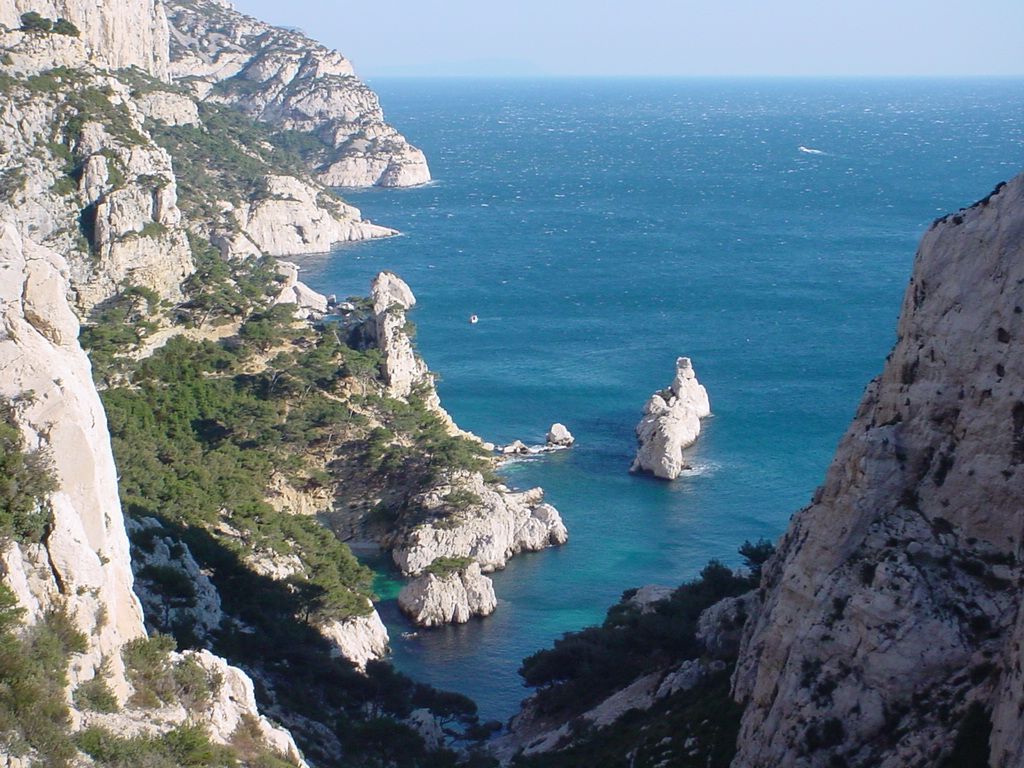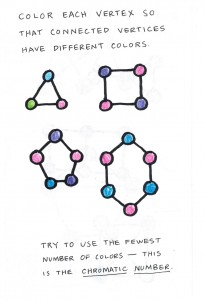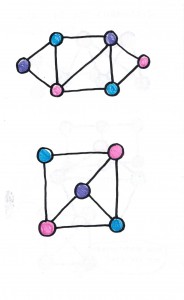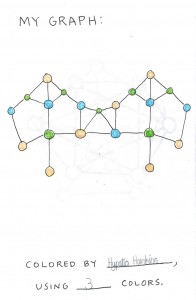This post answers a question that had come up some time ago with Arthur Apter, and more recently with Philipp Schlicht and Arthur Apter.
Definition. A cardinal is uniformly -supercompact if there is an embedding having critical point , with and .
(Note: This is typically stronger than merely asserting that is -supercompact for every , a property which is commonly denoted -supercompact, so I use the adjective “uniformly” to highlight the distinction.)
Two easy observations are in order. First, if is singular, then is uniformly -supercompact if and only if is -supercompact, since the embedding will have for every , and we may assemble from this inside , using a sequence of length . Second, in the successor case, is uniformly -supercompact if and only if is -supercompact, since if has , then it also has . So we are mainly interested in the concept of uniform -supercompactness when is weakly inaccessible.
Definition. Let us say of a cardinal that is a coherent -system of normal fine measures, if each is a normal fine measure on , which cohere in the sense that if , then , and more specifically if and only if . In other words, , where is the function that chops off at , so that .
Theorem. The following are equivalent, for any regular cardinals .
1. The cardinal is uniformly -supercompact.
2. There is a coherent -system of normal fine measures for .
Proof. The forward implication is easy, since if has , then we may let be the normal fine measure on generated by as a seed, so that . Since the seeds cohere as initial segments, it follows that in the desired manner whenever .
Conversely, fix a coherent system of normal fine measures. Let be the ultrapower by . Every element of has the form . Because of coherence, we have an elementary embedding defined by It is not difficult to check that these embeddings altogether form a commutative diagram, and so we may let be the direct limit of the system, with corresponding embeddings . The critical point of and hence also is larger than . This embedding has critical point , and I claim that . To see this, suppose that for each where . So for some . Since is regular, we may find with for all and also , and so without loss we may assume for all . Since is closed under -sequences, it follows that . Applying to gives precisely the desired sequence inside , showing this instance of . QED
The theorem does not extend to singular .
Theorem. If is -supercompact for a singular strong limit cardinal above , then there is a transitive inner model in which has a coherent system of normal fine measures, but is not uniformly -supercompact.
Thus, the equivalence of the first theorem does not hold generally for singular .
Proof. Suppose that is -supercompact, where is a singular strong limit cardinal. Let be a witnessing embedding, for which is not -supercompact in (use a Mitchell-minimal measure). Since is singular, this means by the observation after the definition above that is not uniformly -supercompact in . But meanwhile, does have a coherent system of normal fine ultrafilters in , since the measures defined by form a coherent system just as in the theorem, and the sequence is in by -closure. QED
The point is that in the singular case, the argument shows only that the direct limit is -closed, which is not the same as -closed when is singular.
The example of singular also shows that can be -supercompact without being uniformly -supercompact, since the latter would imply full -supercompactness, when is singular, but the former does not. The same kind of reasoning separates uniform from non-uniform -supercompactness, even when is regular.
Theorem. If is uniformly -supercompact for an inaccessible cardinal , then there is a transitive inner model in which is -supercompact, but not uniformly -supercompact.
Proof. Suppose that is uniformly -supercompact, witnessed by embedding , with , and furthermore assume that is as small as possible among all such embeddings. It follows that there can be no coherent -system of normal fine measures for inside , for if there were, the direct limit of the associated embedding would send below , which from the perspective of is a measurable cardinal far above and . But meanwhile, is -supercompact in for every . Thus, is -supercompact in , but not uniformly -supercompact, and so the notions do not coincide. QED
Meanwhile, if is weakly compact, then the two notions do coincide. That is, if is -supercompact (not necessarily uniformly), and is weakly compact, then in fact is uniformly -supercompact, since one may consider a model of size with and , and apply a weak compactness embedding . The point is that in , we get that is actually -supercompact in , which provides a uniform sequence of measures below .






























